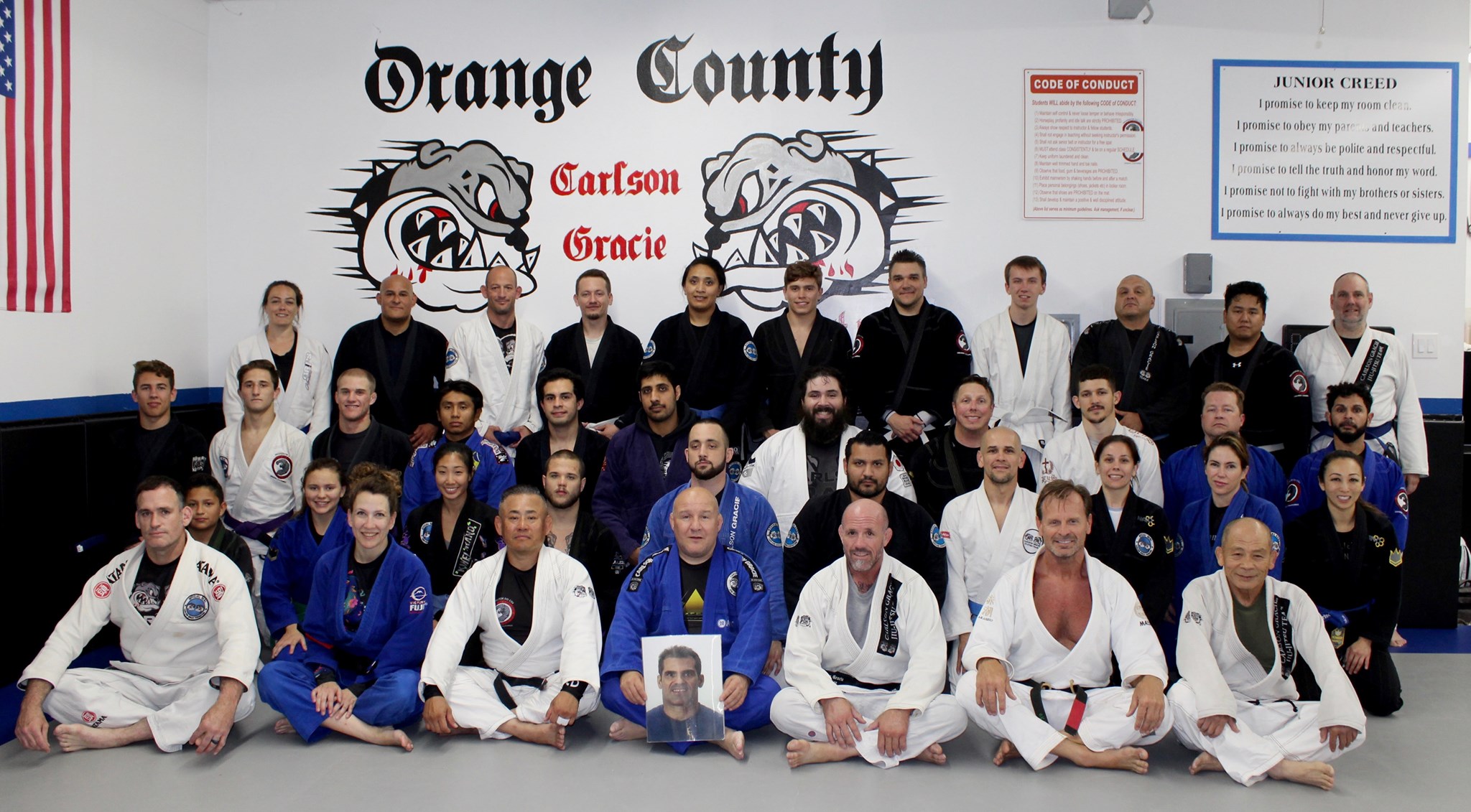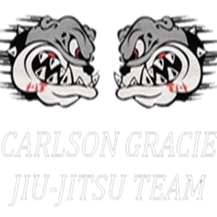Gi/BJJ classes
Classes are M,W, Th and “open mat’ on Saturdays. The uniforms are called “kimonos or gis” and consists of a jacket, pants and a belt. Black, blue and white are the allowed colors to wear at most major tournaments, however other colors can be worn in training if OK’d by the head instructor. A rash guard or T-shirt is sometimes worn under the jacket, but is not allowed at IBBJJF tournaments for competition. Patches from other schools are usually prohibited, unless OK’d by the head instructor, and bowing on and off the mat is done as a sign of respect. The belt levels start white, blue, purple, brown, and then black. It takes approximately 2 years to complete each belt level (sometimes more, sometimes less depending on attendance and dedication on and off the mat).
Other than attire, the main difference between Gi and No-gi are the usage of grips. When training in Gi, practitioners use their opponents gi, as well as their own, to establish grips for control. The sleeve, collar and pants are the most common areas used to execute reversals(sweeps), submissions and/or control to dominate grounded positions. A clean gi and trimmed fingernails are necessary to maintain a clean and respectful atmosphere.
Uniforms can be purchased at our studio either embroidered Carlson Gracie federation gis or Deus gis. A team patch must be worn for all enrolled students. We will supply loaner gis/uniforms to borrow for potential students, so it’s not necessary to own a gi before taking the first class.
No-gi/Submission wrestling
Classes are T, Th and “open mat” on Saturdays. The uniform consists of a rash guard or T-shirt with compression underpants and board shorts for men, and a sports bra and T-shirt are worn with board shorts or tights for women. For competition, the sleeve color designates your belt level. For example, a blue belt will have blue sleeves on his rash guard that is required by most major tournaments. Bowing on and off the mat is a sign of respect that is required in many schools. Some tournaments categorize the levels as beginner, intermediate, and advanced. Others by belt level: white, blue, purple, brown and black. It takes approximately 2 years at each belt level depending on instructor, attendance and dedication on and off the mat.
Other than attire,the main difference between gi and no-gi are the usage of grips. When training no-gi, practitioners use their opponents natural body parts to establish grips for control. The neck, wrist, ankles and hips are most common areas used to execute reversals(sweeps), submissions and/or control to dominate grounded positions. Clean attire and and trimmed nails are necessary to maintain a clean and respectful atmosphere.
Rash guards and board shorts can be purchased on line or at certain martial arts stores. Some schools sell no-gi attire, usually with the school logo displayed on it and the sleeves colored in accordance with the belt level. Some academies wear gi pants with a rash guard but this is not allowed in tournaments.


